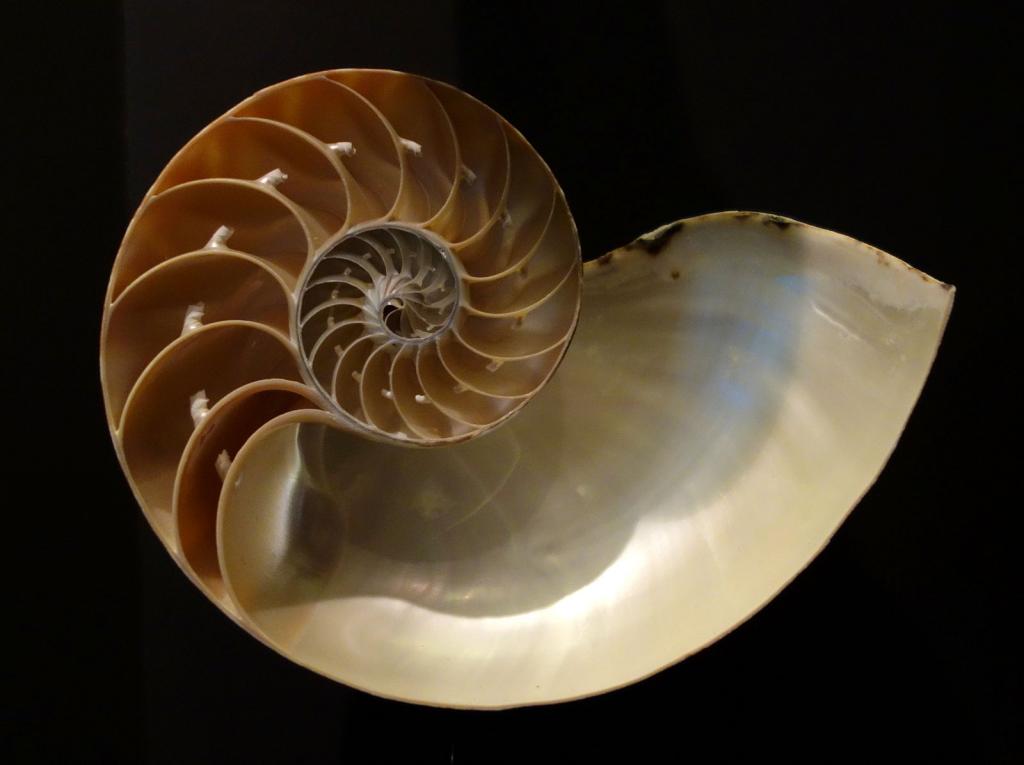
“The very comprehensibility of the world points to an intelligence behind the world. Indeed, science would be impossible if our intelligence were not adapted to the intelligibility of the world. The match between our intelligence and the intelligibility of the world is no accident. Nor can it properly be attributed to natural selection, which places a premium on survival and reproduction and has no stake in truth or conscious thought. Indeed, meat-puppet robots are just fine as the output of a Darwinian evolutionary process.”
“Naturalism is the view that the physical world is a self-contained system that works by blind, unbroken natural laws. Naturalism doesn’t come right out and say there’s nothing beyond nature. Rather, it says that nothing beyond nature could have any conceivable relevance to what happens in nature. Naturalism’s answer to theism is not atheism but benign neglect. People are welcome to believe in God, though not a God who makes a difference in the natural order.”
“Scientists rightly resist invoking the supernatural in scientific explanations for fear of committing a god-of-the-gaps fallacy (the fallacy of using God as a stop-gap for ignorance). Yet without some restriction on the use of chance, scientists are in danger of committing a logically equivalent fallacy-one we may call the ‘chance-of-the-gaps fallacy.’ Chance, like God, can become a stop-gap for ignorance.”
“Even if we have a reliable criterion for detecting design, and even if that criterion tells us that biological systems are designed, it seems that determining a biological system to be designed is akin to shrugging our shoulders and saying God did it. The fear is that admitting design as an explanation will stifle scientific inquiry, that scientists will stop investigating difficult problems because they have a sufficient explanation already.
“But design is not a science stopper. Indeed, design can foster inquiry where traditional evolutionary approaches obstruct it. Consider the term “junk DNA.” Implicit in this term is the view that because the genome of an organism has been cobbled together through a long, undirected evolutionary process, the genome is a patchwork of which only limited portions are essential to the organism. Thus on an evolutionary view we expect a lot of useless DNA. If, on the other hand, organisms are designed, we expect DNA, as much as possible, to exhibit function. And indeed, the most recent findings suggest that designating DNA as “junk” merely cloaks our current lack of knowledge about function. For instance, in a recent issue of the Journal of Theoretical Biology, John Bodnar describes how “non-coding DNA in eukaryotic genomes encodes a language which programs organismal growth and development.” Design encourages scientists to look for function where evolution discourages it.
“Or consider vestigial organs that later are found to have a function after all. Evolutionary biology texts often cite the human coccyx as a “vestigial structure” that hearkens back to vertebrate ancestors with tails. Yet if one looks at a recent edition of Gray’s Anatomy, one finds that the coccyx is a crucial point of contact with muscles that attach to the pelvic floor. The phrase “vestigial structure” often merely cloaks our current lack of knowledge about function. The human appendix, formerly thought to be vestigial, is now known to be a functioning component of the immune system.”
Posted from Park City, Utah











